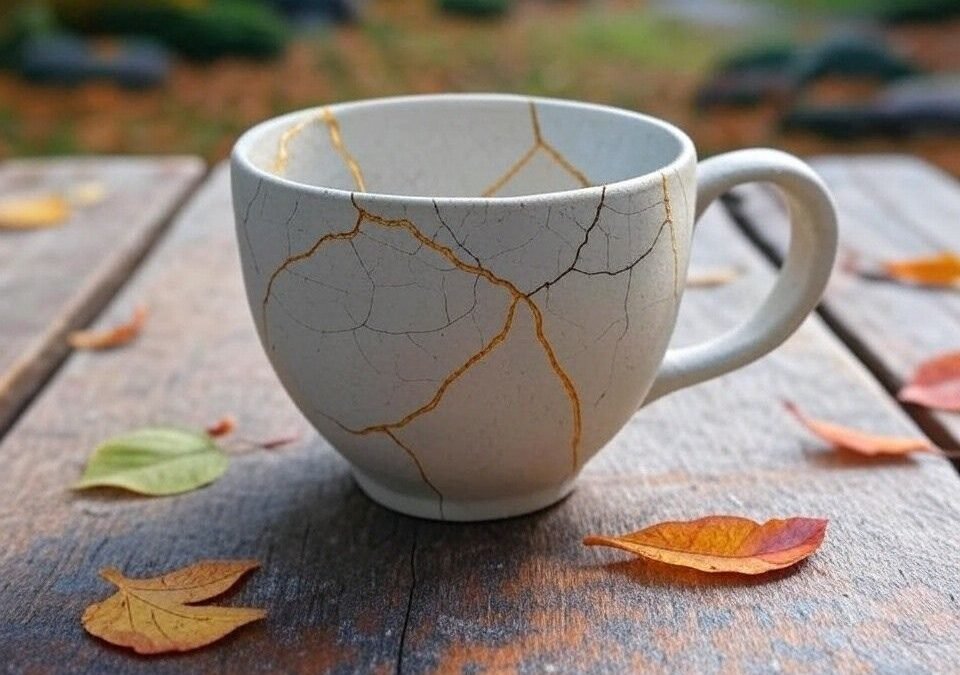We live in a world obsessed with perfection: flawless images, constant productivity, eternal youth. Amid this noise, a quiet voice from ancient Japan reminds us of something powerful: things don’t need to be perfect, complete, or permanent to be beautiful.
That voice is Wabi Sabi — the Japanese aesthetic and spiritual philosophy that celebrates imperfection, impermanence, and authenticity.
It’s more than a trend or minimalism with a rustic touch. It’s a way of seeing and living that can transform not only our surroundings, but also our relationship with ourselves.
What is Wabi Sabi?
Wabi Sabi is rooted in Zen Buddhism and in the deep Japanese sensitivity to nature and transience. It is built on three essential truths:
- Nothing is perfect
- Nothing lasts forever
- Nothing is ever truly finished
- Wabi relates to simplicity, humility, and the quiet beauty found in nature and modest living.
- Sabi refers to the beauty of age, the passage of time, and the grace in things that have weathered and worn.
Together, Wabi Sabi invites us to accept life as it is, with all its cracks and changes, and to find peace in what is real, not ideal.
Kintsugi: Beauty in the Broken
One of the most poetic expressions of Wabi Sabi is kintsugi, the Japanese art of repairing broken pottery with gold.
Instead of hiding the cracks, kintsugi highlights them. The breaks become a part of the object’s history, not a flaw to erase. It’s a visual metaphor for healing: we, too, can break — and become even more beautiful by embracing our scars.
Wabi Sabi in Modern Life
Wabi Sabi is not just an aesthetic — it’s a mindset that helps us:
- Free ourselves from toxic perfectionism
- Accept that change and loss are natural parts of life
- Find beauty in the simple and the worn
- Be kinder to our bodies, homes, relationships, and thoughts
In psychology, Wabi Sabi resonates with concepts like radical acceptance, self-compassion, and mindfulness. Research shows that learning to accept imperfection can lower anxiety, reduce shame, and promote long-term emotional well-being.
Living with Wabi Sabi Eyes
You don’t need a Zen temple or a Japanese garden to live Wabi Sabi. You can begin by:
- Appreciating what you already have, even if it’s old or a little broken
- Accepting signs of aging in your body as part of your story
- Letting go of constant comparison and pressure to perform
- Finding joy in slow moments, unfinished projects, and silence
Living Wabi Sabi is not about settling — it’s about letting go of illusions and choosing truth, softness, and connection.
A book to begin your Wabi Sabi journey
If this resonates with you, we invite you to download our book Wabi Sabi for Everyone — a gentle and practical guide to applying this beautiful philosophy in daily life.
📖 It’s available now on our website, in EPUB and PDF, as part of the Alunae Collection. A book for calm mornings, rainy afternoons, and quiet transformations

In a world that demands perfection,
Wabi Sabi offers the freedom to be real.





